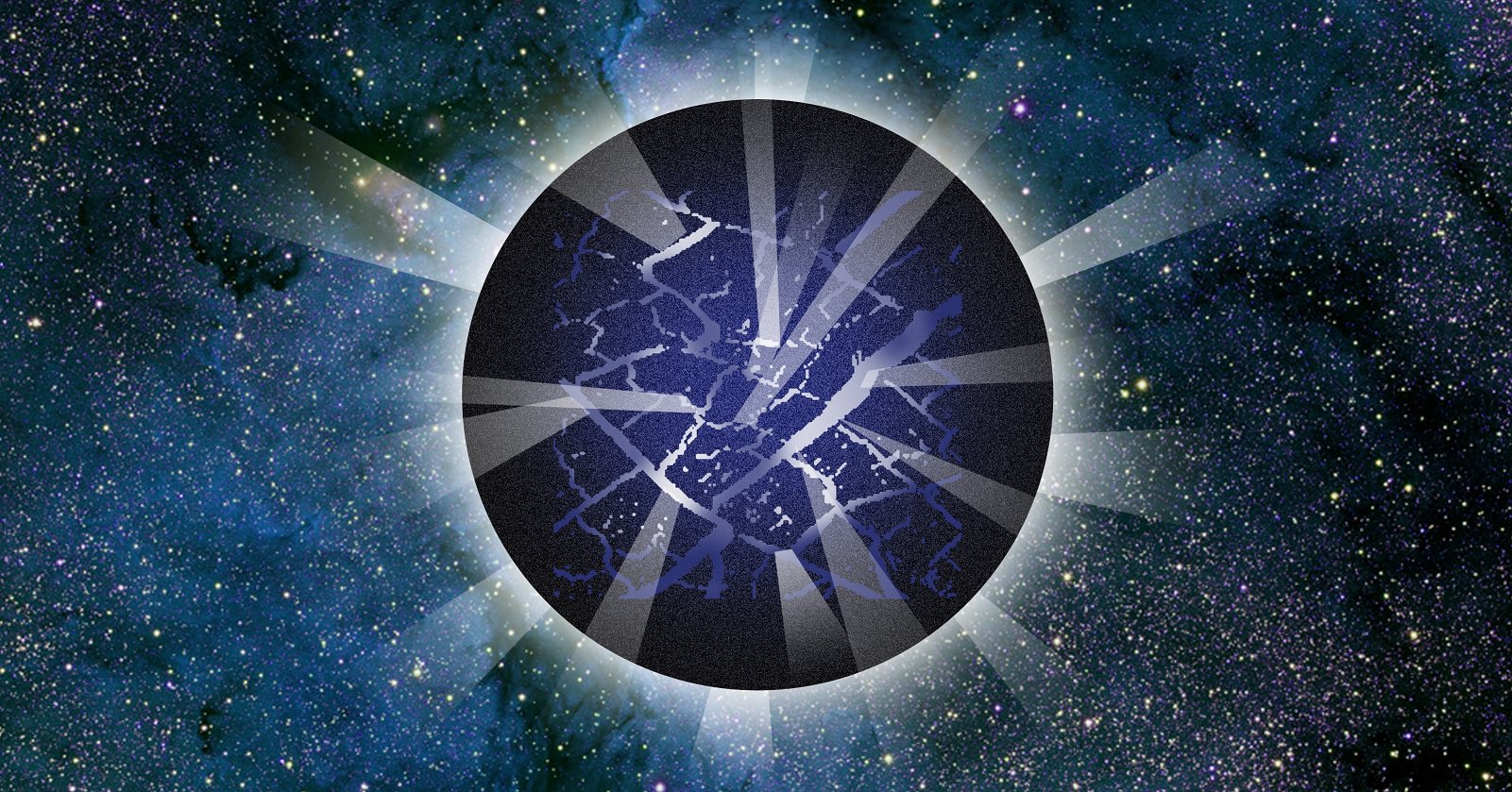Much like how an earthquake can teach us about the interior of the Earth, a starquake shows off certain properties about the inside of a star. Studying the closest star we have (the sun) has yielded information about rotation, radius, mass and other properties of stars that are similar to our own. But how do we apply that information to other types of stars?
A team of astronomers attempted to model the inside of a delta-Scuti, a star like Caleum that is about 1.5 to 2.5 times the mass of the sun and spins rapidly, so much more that it tends to flatten out. The model reveals there is likely a correlation between how these types of stars oscillate, and what their average density is. The theory likely holds for stars as massive as four times the mass of our sun, the team said.
“Thanks to asteroseismology we know precisely the internal structure, mass, radius, rotation and evolution of solar type stars, but we had never been able to apply this tool efficiently to the study of hotter and more massive stars,” stated Juan Carlos Suárez, a researcher at the Institute of Astrophysics of Andalusia who led the investigation.

What’s more, knowing how dense a star is leads to other understandings: what its mass is, its diameter and also the age of any exoplanets that happen to be hovering nearby. The astronomers added that the models could be of use for the newly selected Planetary Transits and Oscillations (PLATO) telescope that is expected to launch in 2024.
A paper based on the research was published in Astronomy and Astrophysics and is also available in preprint form on Arxiv.

